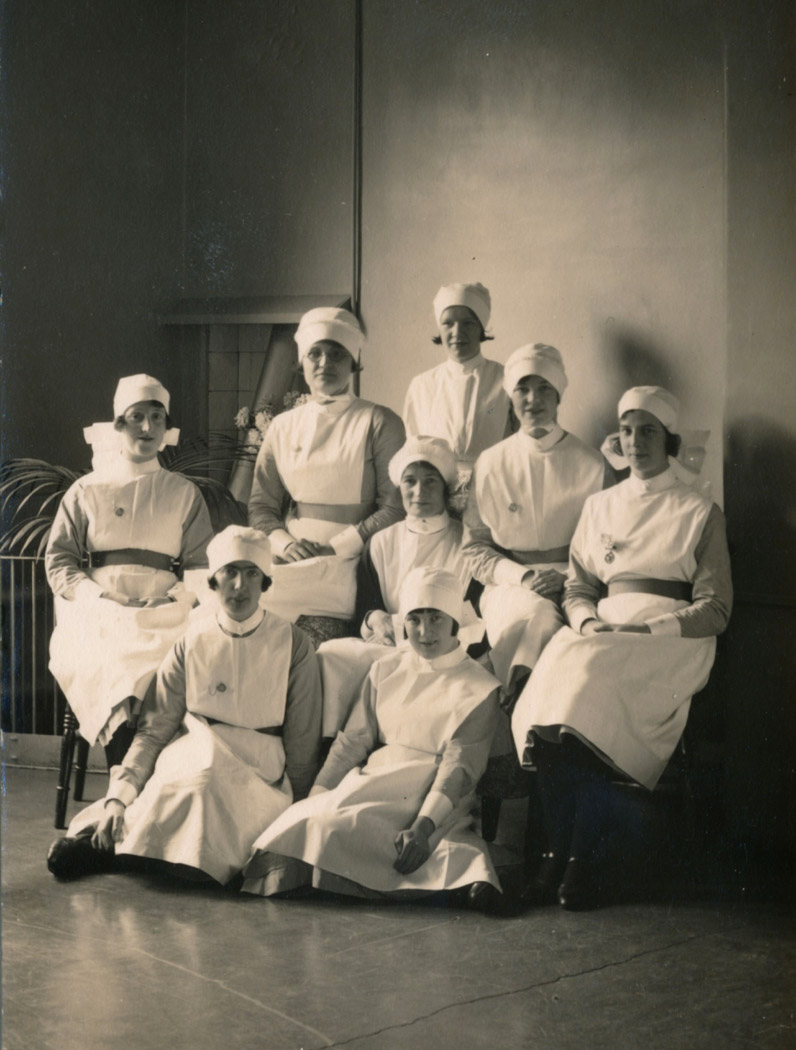Did Midwives File Births in 1920s NY? 3 Facts

The 1920s was a transformative period in New York City's history, marked by population growth, immigration, and the expansion of urban services. During this era, the role of midwives in the birth process was significant, especially in immigrant communities. Let's explore three key facts about midwives and their role in filing births during this decade.
Midwives as Primary Caregivers

In the 1920s, especially in immigrant neighborhoods, midwives were often the primary caregivers during childbirth. Here’s how:
- Immigrant Populations: With waves of immigrants arriving, many of whom came from cultures where midwives were the norm, these caregivers were preferred for their experience and familiarity.
- Cultural Compatibility: Midwives often shared the language and cultural background of the expectant mothers, providing a level of comfort not found in hospital settings.
- Home Births: Due to limited access to modern hospitals and the comfort of giving birth at home, midwives were crucial in managing the birth process.
- Knowledge and Skill: Midwives had accumulated generations of knowledge and skills, making them trusted professionals despite lacking formal medical degrees.
The Birth Registration Process

The process of birth registration in the 1920s in New York was not uniform, but here are some points to understand it better:
- Varying Practices: Different cities and boroughs had their own practices, although state laws provided a basic framework.
- Midwife’s Role: Midwives, when attending a birth, would often file the birth certificate, recording details such as the baby’s name, parents’ names, and date of birth.
- Challenges with Accuracy: Midwives sometimes faced challenges in accurately completing forms due to language barriers or lack of formal medical training.
- Importance of Filing: The documentation was essential for various reasons, including proving citizenship, establishing parental rights, and aiding in population statistics.
Transition Towards Medicalization

The 1920s marked the beginning of a shift from midwifery to medicalized birth:
- Rise of Obstetrics: There was an increasing emphasis on obstetrics as a medical specialty, leading to more hospital births.
- Nursing Role: Trained nurses began to take on roles traditionally held by midwives, often assisting in hospital settings.
- Professional Regulations: New regulations started to emerge to limit midwifery practice, licensing, and supervising midwives.
- Changing Demographics: Urbanization, cultural shifts, and population growth influenced a decline in the number of home births.
In summary, the 1920s was a pivotal time for childbirth practices in New York City. Midwives, deeply rooted in immigrant communities, played a crucial role in both childbirth care and the bureaucratic process of birth registration. However, the period also saw the beginning of a transition towards a more medically dominated birthing environment, setting the stage for the decline in midwifery and the rise of modern obstetrics.
Were midwives licensed in the 1920s?

+
The licensing of midwives during this era was in its nascent stages. Some states began to introduce regulations, but the practice was not universally enforced.
How did midwifery impact public health?

+
Midwives significantly contributed to the public health system by reducing infant mortality rates in communities where they were prevalent, offering accessible and culturally sensitive care.
Can I find birth records from the 1920s for my research?

+
Birth records from the 1920s in New York are often available for genealogical research through vital records offices or online genealogical databases, although some records might be restricted due to privacy concerns.



